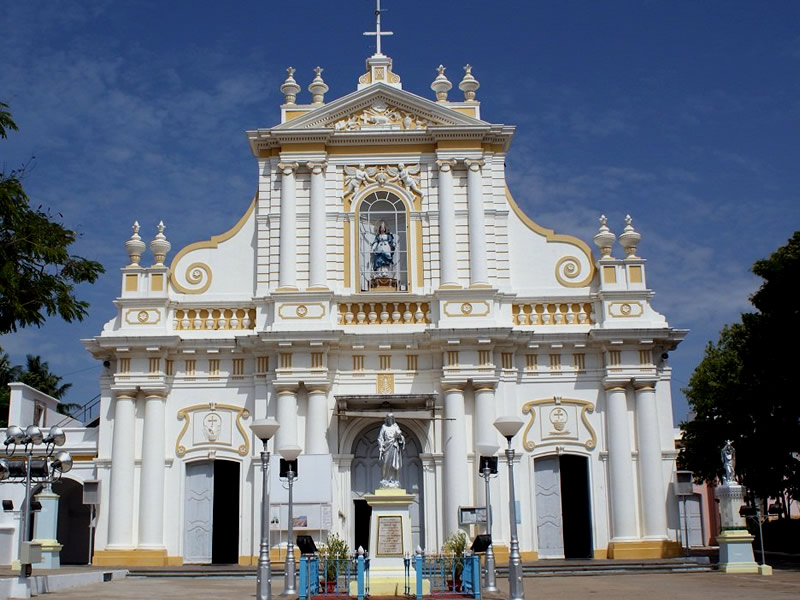Pondicherry Travel and Tourism Guide
The history of Pondicherry reveals that the region was a well developed commercial and trading center even before the development of the other major cities and towns of India. Archaeological excavations of the region show that Pondicherry has witnessed the rise and fall of several dynasties that has contributed to the rich and distinct history of the union territory of Pondicherry.
The historical excavations conducted in the region of Arikamedu that lies at a distance of 7 kilometers in the south of the town reveal that the region has successfully developed trading relations with the Roman empire through the sea. The region was then one of the most popular and flourishing maritime centers of the country. The town had developed trading relations with the Romans as early as the 1st century.
The roman manuscripts mention the emerging trading center of Poduca or Poduke along the eastern coast line of India. The historians believe that the trading center referred to is Pondicherry. The reign of the region of Pondicherry came under the Pallava Kingdom in the fourth century.
The region flourished under the reign of the Pallavas. Evidence of a strong academic background lies in the reference of the Sanskrit University mentioned in the Bahur Plates. Inscriptions on the Vedhapuriswara Temple suggest that the powerful sage Agastya had established his ashram in the region of Pondicherry. medieval history of Pondicherry is witness to the rise and fall of several royal dynasties.
The Pallavas ruled the region of South India that included the territory of Pondicherry from the fourth century to the beginning of the tenth century. The Pallavas had an encompassing influence on the region and was in constant conflict with the Cholas and the Pandyas who followed them in the reign of the region.
The first dynasty to set up their empire in the Deccan region of India in the medieval age were the Chola dynasty. The Cholas of Tanjavur faced several encounters with the Pallava dynasty. The reign of the region of Pondicherry changed hands from the Cholas to the Pandyas in the thirteenth century.
The Pandyas ruled from the Madurai till the end of the fifteenth century. The territory of Pondicherry fell under the influence of the Pandyas along with the rest of South India. The medieval period of Pondicherry saw the rule of the Muslim emperors for a brief period of time. The Muslim rule spread its pervasive powers from the north to the south of India and established its administrative center in the city of Madurai.
After the decline of the powers of the Muslim emperors, the rule of the region of Pondichery and the rest of South India came under the Vijayanagar Empire. The rule of the empire lasted till the 17th century after which the power of the region was forfeited by the Sultan of Bijapur.
The modern history of Pondicherry begins with the reign of the Sultan of Bijapur who acceded the throne after the fall of the Vijayanagar Empire that came to an end in the year 1638. The influence of the foreign countries gained prominence in Pondicherry from the beginning of the 16th century.
The territory of Pondicherry has enjoyed and participated in the maritime activities for a long time. Realizing the potential of the territory that is placed by the east coast of India, the Portuguese, Danes, Dutch and the English arrived in Pondicherry and set up their colonies in the region.
The presence of the foreign countries benefited the commerce and economy of the region of Pondicherry. The Portuguese were the first to set up a factory in the region in the beginning of the 16th century. The Danes and the Dutch followed the Portuguese and established their trading centers in Poto Novo and Cuddalore.
The rulers of Gingee were influential in deciding the presence of the foreign countries in Pondicherry. Losing the confidence of the rulers, the Portuguese had to abort the trade in Pondicherry. The French were, on the contrary, invited by the rulers to establish their trade in the region.
The architecture of the region flourished under the influence of the foreign countries in Pondicherry who constructed churches and forts that still stands in South India as evidence of the influence of the foreign countries in the region. The strife to control the region continued to shape the modern history of Pondicherry till the region gained independence and became a union territory of India in the year 1954.
1247953







